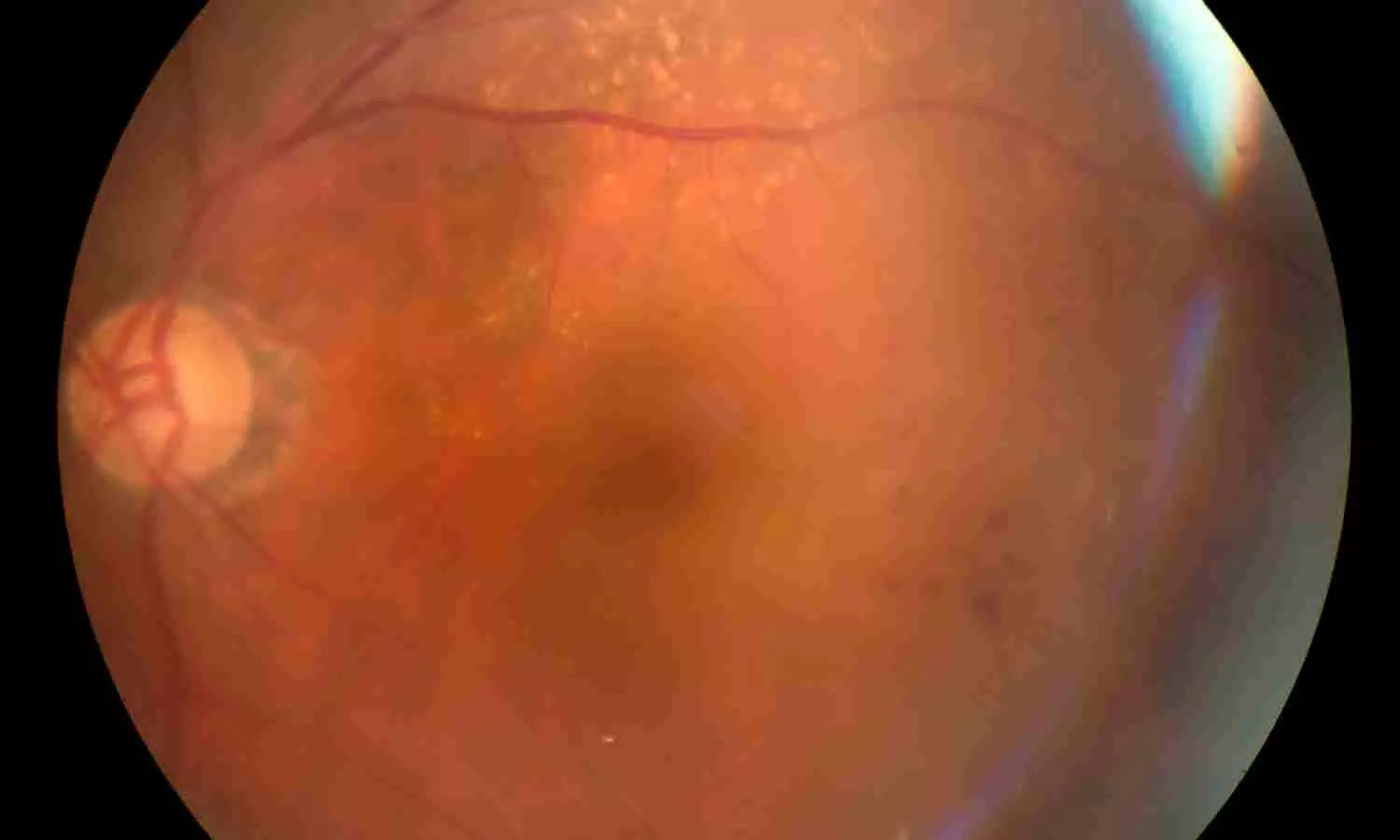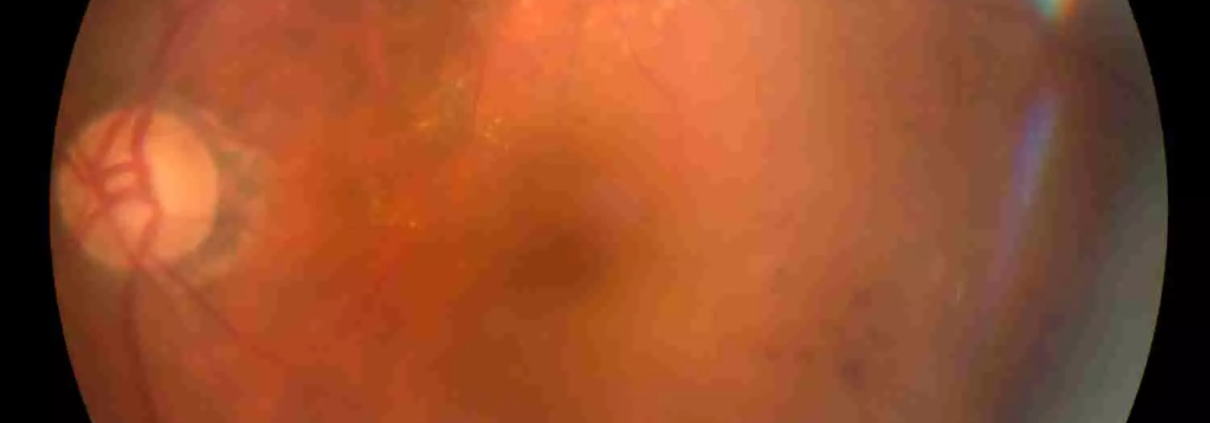Red Cell Distribution Width-to-Albumin Ratio Shows Nonlinear Link With Retinopathy Risk: Study

Researchers have determined that the red cell distribution width-to-albumin ratio (RAR), a composite biomarker of systemic inflammation and nutritional status, is linked to the risk of retinopathy in US adults over age 40. The new research identifies that the association between RAR and retinopathy is not linear and suggests that RAR may be a valuable tool for identifying patients at higher risk. The study was published in the Journal of Multidisciplinary Healthcare by Gu J. and colleagues.
Diabetic retinopathy, the diabetic complication most frequently linked to diabetes, was quantitated in diabetic and nondiabetic subjects through standardized fundus photographs and the ETDRS grading system. The information came from the National Health and Nutrition Examination Survey (NHANES) 2005–2008, which comprised a nationally representative sample of 4,753 adults aged 40 years and older in the United States.
This was a cross-sectional study using NHANES data from 2005 to 2008. A total of 4,753 adults aged 40 and older were included. Retinopathy was determined through retinal photographs evaluated according to the ETDRS grading protocol. RAR was estimated from laboratory data, and participants were divided into quartiles according to RAR levels. To examine the nature of the relationship between RAR and retinopathy, researchers employed generalized additive models to assess nonlinear trends, and a two-piecewise linear regression model to detect the point of inflection at which the relation changed.
Key Findings
-
The univariate analysis disclosed a very pronounced increase in retinopathy prevalence in association with increasing quartiles of RAR (P < 0.001).
-
A clear nonlinear relationship between RAR and retinopathy risk was observed, with an inflection point at a RAR value of 3.14.
-
Below the inflection point (RAR < 3.14): With each 1-unit increase in RAR, there were 2.69 times greater odds of retinopathy (OR = 3.69; 95% CI: 1.37–9.96).
-
Above the inflection point (RAR > 3.14): The relationship flattened, with a non-significant rise in odds (OR = 1.14; 95% CI: 0.60–2.14).
-
Highest vs. lowest RAR quartile: Individuals with the highest quartile had 56% higher odds of retinopathy than individuals in the lowest quartile (OR = 1.56; 95% CI: 1.16–2.11).
This population-based research found that the RAR has a nonlinear correlation with the risk of retinopathy in U.S. adults aged 40 and above. The risk grew disproportionately large below an RAR value of 3.14, beyond which the association plateaued. These results uphold the promise of RAR as a simple, low-cost biomarker for retinopathy risk stratification, particularly in primary care and public health settings.
Reference:



